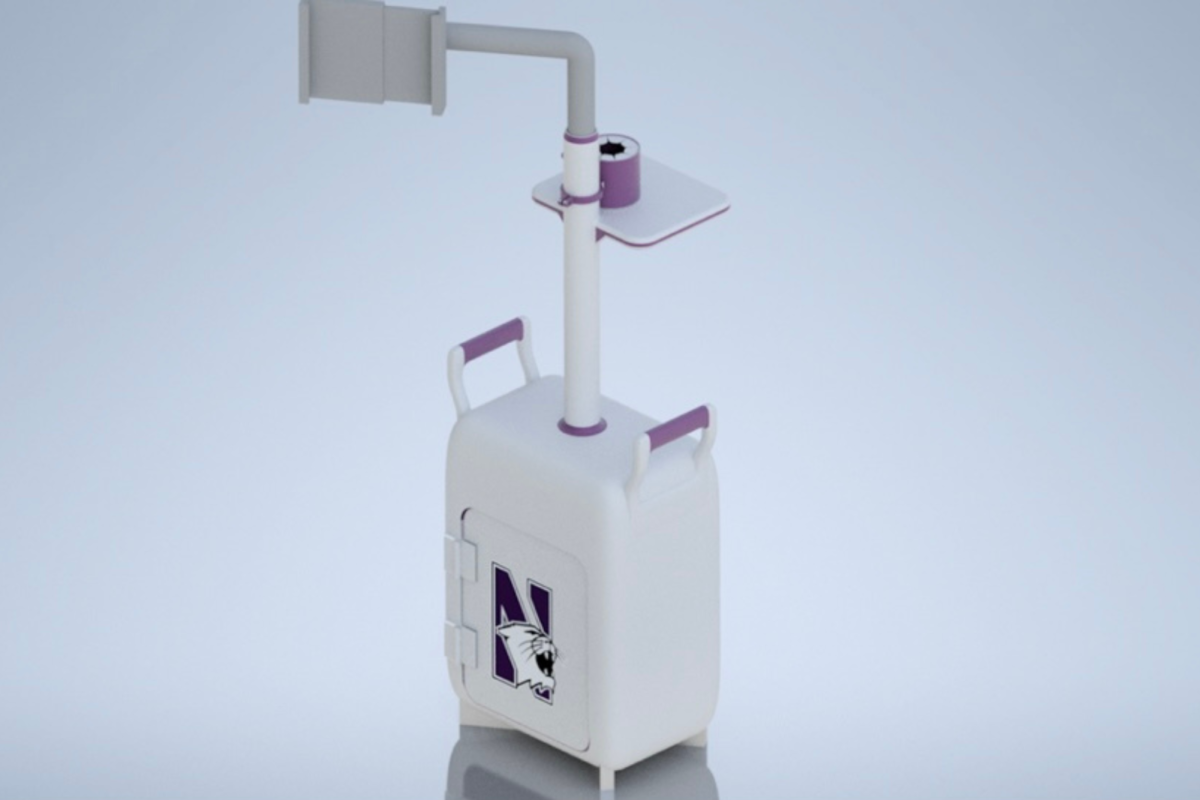Researchers at Northwestern are pioneering a new therapy that may help regenerate cartilage.
Bone regeneration is a natural part of biology-for modest injuries, pushing dislocated bones back into place and stabilizing them for a few weeks in a cast is enough to start the healing process. Growing back cartilage, on the other hand, has proven a more difficult task.
The study was designed to observe the effects of a special nanoscopic material on the regeneration of the body’s articular cartilage, the connective tissue that covers the ends of bones, said Ramille Shah, first author of the study and assistant professor at the McCormick School of Engineering and Applied Science and the Feinberg School of Medicine.
What sets articular cartilage apart from the stiff yet flexible tissue found in the ears and nose is its high level of type II collagen, a major protein that provides a smooth, frictionless environment for joints to move, Shah said.
But for some patients, this cartilage can begin to degrade, leading to hindered joint movement and even a decreased quality of life, she said.
A number of factors, including old age, sports-related injuries and weathering from physical exercise can all cause articular cartilage to degrade. If left untreated, the defects can lead to a debilitating condition called osteoarthritis, which could require patients to undergo a costly and time-consuming joint replacement surgery.
“As an adult, your cartilage doesn’t regenerate on its own,” Shah said. “These types of cartilage defects are very common in a lot of the population.”
The new nanofiber gel, developed by author and professor Samuel Stupp, was injected as a liquid into the joints of rabbits with cartilage defects. Once introduced into the body, the bioactive gel interacts with cells and enables the regeneration of a material that closely mimics real articular cartilage.
It has yet to be studied whether the gel has the same effect on human joints, Stupp said.The biomaterial solves the inherent problem that humans can’t repair cartilage once it degenerates, said Dr. Nirav Shah, an orthopedic surgeon and co-author of the paper.
“Our goal was to utilize this novel biomaterial … so that patients can return back to their pre-injury level of activity and possibly prevent further cartilage degeneration,” he said.
This method is an evolution of a technique known as microfracture surgery, which involves creating tiny fractures in the bone underneath the damaged cartilage. The procedure stimulates the growth of new cartilage tissue, but the end result is not as promising as the new gel.
“The microfracture procedure regenerates tissue, which isn’t real cartilage,” Stupp said. “It’s more like fibrous scar tissue. This is a temporary solution to the problem, and a secondary intervention may be needed down the road.”
Nirav Shah said this study involved a collaboration between physicians and scientists. Future partnerships such as this are vital to improving clinical medicine and producing more scientific breakthroughs down the road.
“We will be able to translate what’s being discovered in the lab for use in clinical applications in a more effective and quicker way,” Nirav Shah said.[email protected]






